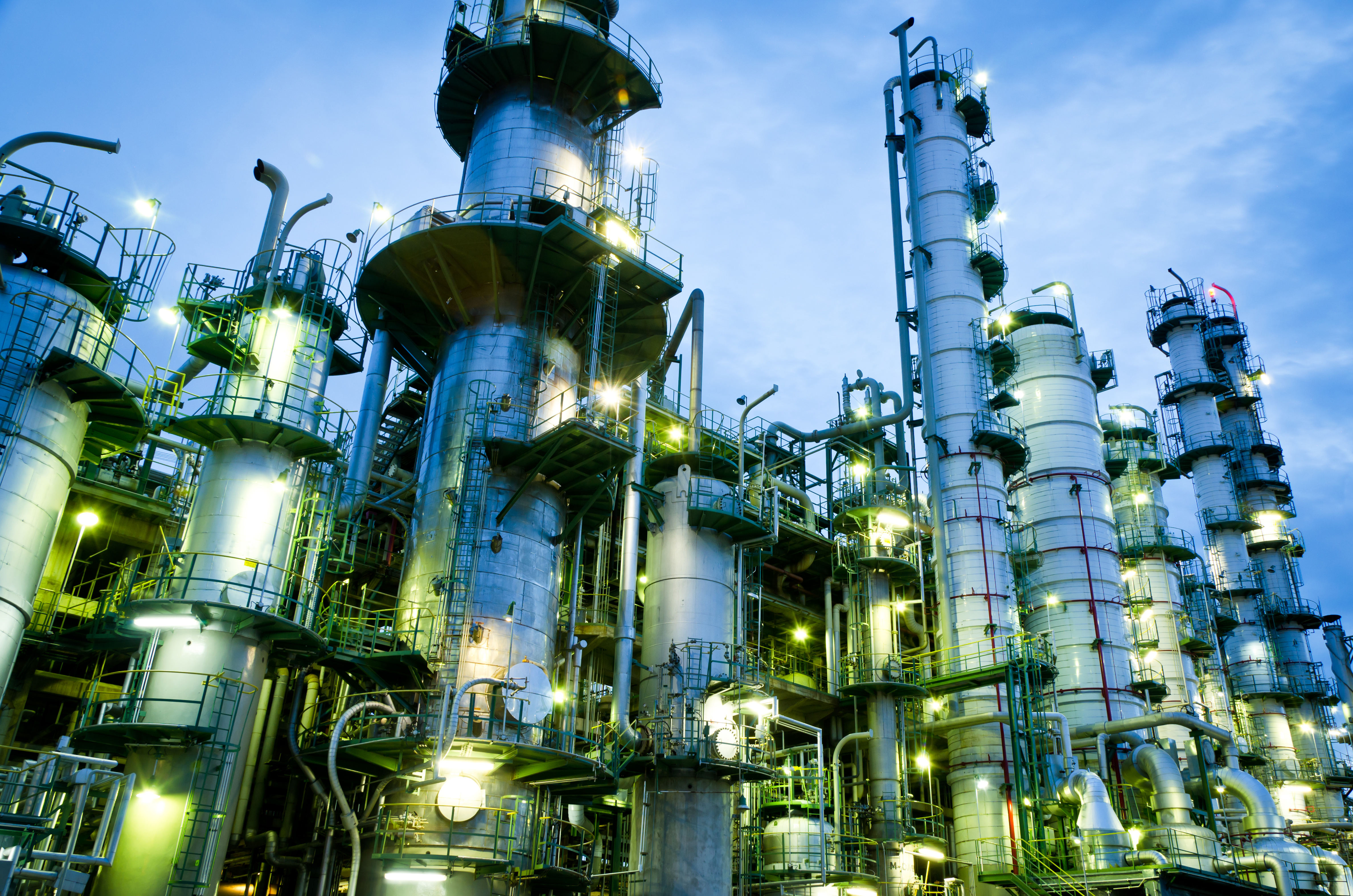July 8, 2020 | 5 minute read
This content was originally published in Chemical Engineering, and is credited to John Crane experts.
Chemicals that unintentionally leak from equipment into the atmosphere are known as fugitive emissions. These gases and vapors include volatile organic compounds (VOCs) and greenhouse gases, such as carbon dioxide, methane and nitrous oxide.
In 1963, the U.S. Environmental Protection Agency’s (EPA) Clean Air Act set guidelines regulating these emissions from industrial facilities into the atmosphere. Additionally, standards organizations, including the American Petroleum Institute (API) have established test standards.
Fugitive emissions can leak from various machinery sources, including valves, flanges and fittings. However, sometimes overlooked—but nonetheless important—source of fugitive emissions can be linked to seals installed in pressurized rotating equipment, including pumps and compressors. Seals are mainstays in chemical plants and petroleum refineries, and are designed to help prevent leaks and contain pressure within pumps and rotating machinery.
In this article, John Crane experts discuss how government regulations and new sealing system standards, along with emissions best practices and technology to minimize volatile organic compounds and greenhouse gases, are changing the way chemical industry operates.
Read the full article here.
